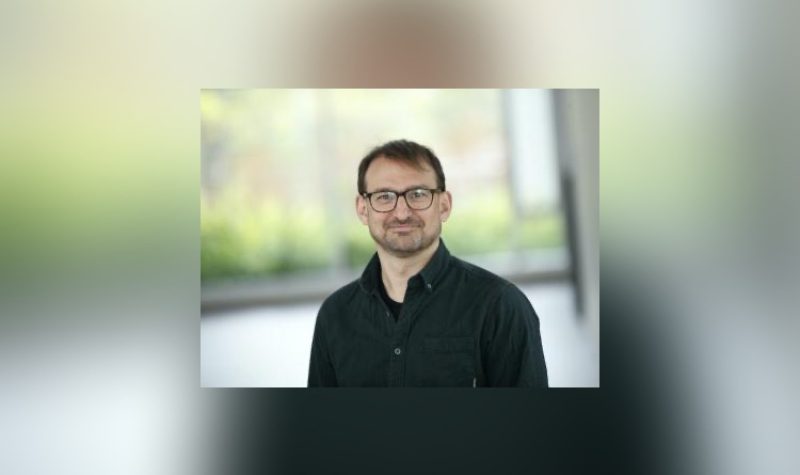The tech and science world is abuzz with news that scientists in the United States have reached what’s been called a breakthrough in the quest for nuclear fusion energy.
The US Department of Energy made the announcement on Tuesday. It said scientists at the Lawrence Livermore National Laboratory, in the San Francisco Bay Area, have achieved a “major scientific breakthrough decades in the making that will pave the way for advancements in national defence and the future of clean power.”
The experiment involved a laser system the size of a sports stadium “to create temperatures and pressures like those in the cores of stars and giant planets, and inside exploding nuclear weapons.”
The statement explained that on Dec. 5, a team at the National Ignition Facility "conducted the first controlled fusion experiment in history to reach this milestone, also known as scientific energy breakeven, meaning it produced more energy from fusion than the laser energy used to drive it.”
The Department of Energy has acknowledged that many scientific and technological developments will be required before the technology can be harnessed for day-to-day energy needs.
And critics say we’ve heard this kind of high-flying announcement before for allegedly transformative technologies that made big headlines, but didn’t live up to the hype.
Here is Sackville, we’re lucky to have a community of experts on hand to help us make sense of this kind of news. CHMA’s Erica Butler reached out to Professor David Hornidge of Mount Allison University, an experimental subatomic physicist, to learn more.


